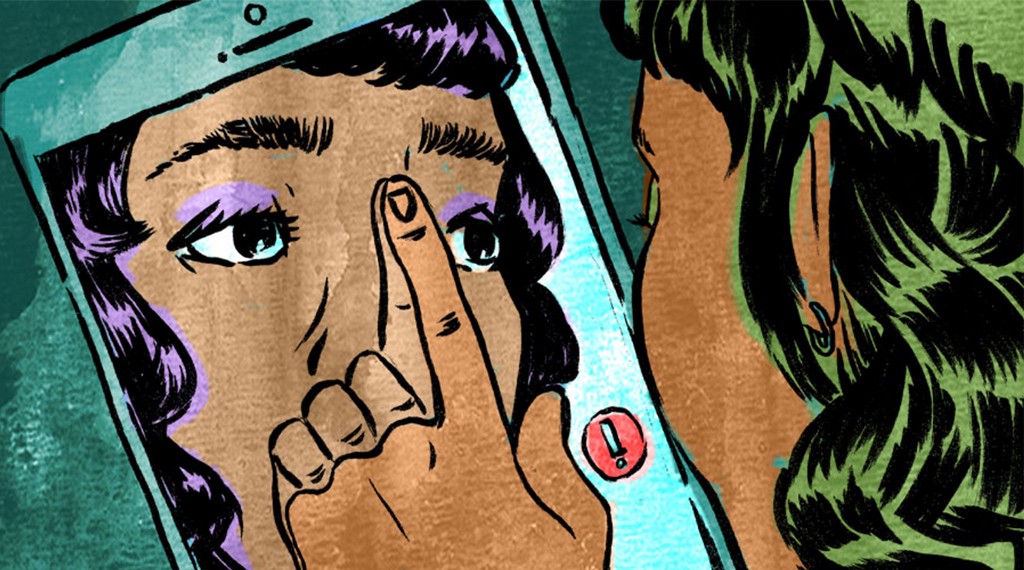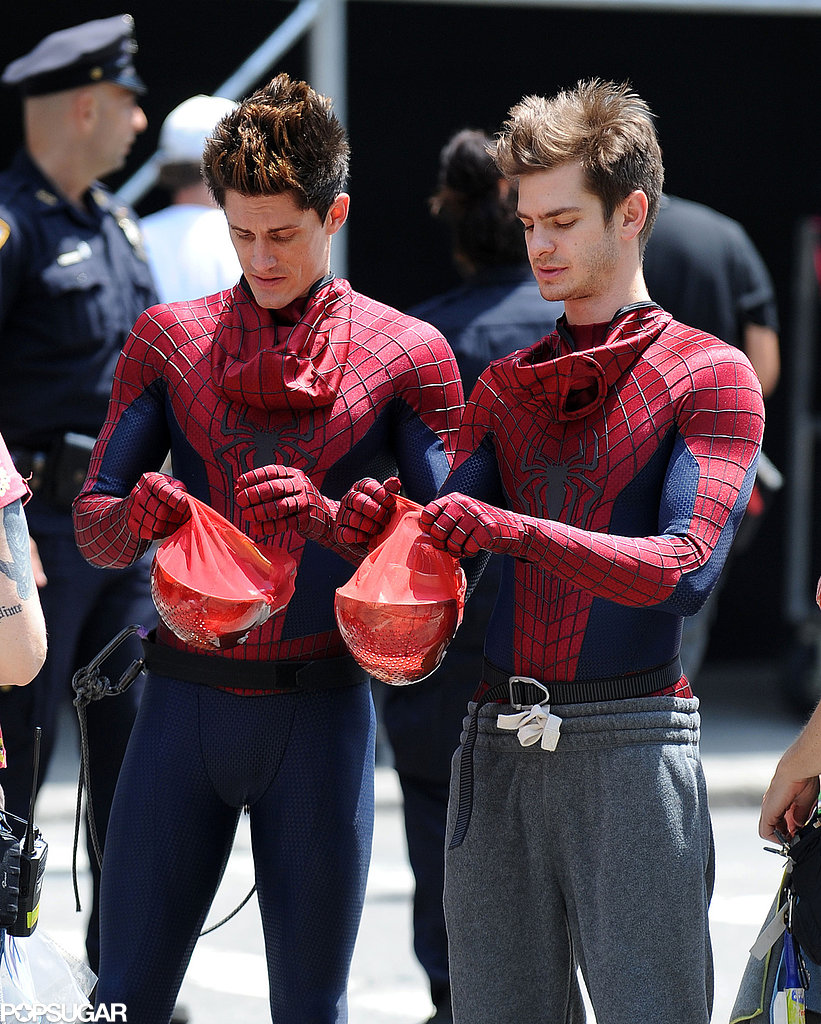
At the beginning of The Crow (1994), a rock star named Eric Draven and his fiancé are attacked in their apartment and killed. The shots that make up this sequence are edited quickly, with rotating camera angles and flashing lighting effects that were in vogue in Hollywood during the late 80s and early 90s. In most of these shots, Eric is faceless, shown with his back turned or features obscured by his long black hair. When he is dragged to the window, shot, and thrown, we see only the guns pointed at him, his silhouette, and the various faces of the gang until he crashes through the glass. As he falls, the audience gets a good look at his face: blood trails from the broken bridge of his nose, there’s a cut on his forehead. The actor is Brandon Lee who, as you might already know, was dead when this scene was filmed.
A series of mistakes on set resulted in live propellent and a cartridge being inserted into the gun used for the attack scene. Lee was shot in the abdomen at point blank range. After his death, the producers decided that rewrites and reshoots would commence with the consent of his family. Chad Stahelski, Lee’s stunt double, was used as a body double for these scenes.
Body doubles in film have been common since Hollywood’s early days. Stunt performers, like Stahelski, are perhaps the most well-known type, chosen for their passing physical similarity to the primary actor. Perhaps the most recognizable yet simultaneously unknown double is Marli Renfro, Janet Leigh’s stand-in for the infamous shower murder scene in Psycho. They’re also used as copies, like when Linda Hamilton’s identical twin, Leslie, was employed for a scene in Terminator 2: Judgment Day where two Sarah Connors come face-to-face with one another. Nowadays, twins aren’t necessary if you need an exact copy. You just need a computer.
Digital technology has become so ubiquitous and sophisticated in the realm of film and TV production that there is hardly a project that isn’t somehow touched by it. But in the early 90s era of The Crow, the concept of replacing someone’s face without the use of makeup or prosthetics was groundbreaking. The technique had only been used a handful of times before. For instance, in a movie where almost no one noticed: Jurassic Park. When Ariana Richards’ Lex is hanging from the roof with raptors nipping at her toes and she looks up in terror at the camera, her face is a digital composite stitched onto her stunt double.
The Crow was different. Instead of just using Stahelski as a stand-in...
You have reached your article limit
Sign up for a digital subscription and continue reading all new issues, plus our entire archives, for just $1.50/month.
Already a subscriber? Sign in




